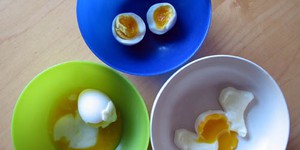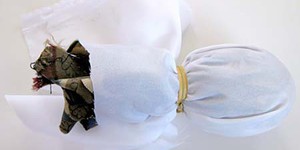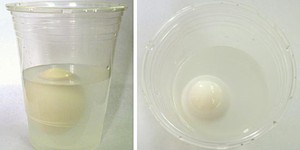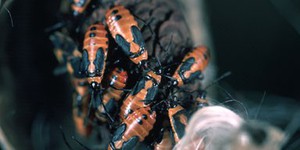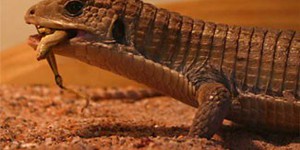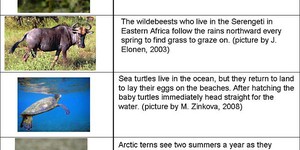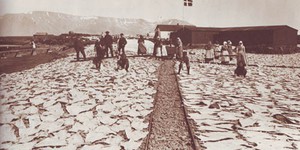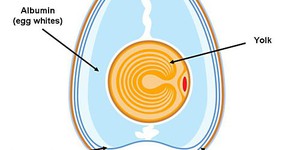Others Like “Eggs and Hen's Diet: Can You Get Bigger Eggs for Peanuts?” (top 20 results)
|
Have any of your friends or family members ever had an allergic reaction to eggs? In this science project idea, you'll investigate how to modify recipes so that even egg-allergic friends and family members can enjoy them.
Read more
Sometimes on a busy day, it is hard to get things done. The rush to get things done can start first thing in the morning, when you are so busy getting ready and gathering your homework, that you barely have time for breakfast. It takes time to get a nutritious meal ready. But, eggs are a perfect choice for breakfast because they can be cooked quickly and in many different ways. A soft-boiled egg is a choice that many people make. They like the way the thickened, tasty yolk coats their hash…
Read more
Have you ever dyed eggs? Turning eggshells from white into different, dazzling colors can be a lot of fun! To do this, most people buy dye tablets to make different colors in a liquid bath. They then dip the egg into the liquid and wait till it turns the desired color. You can dye eggs in many other ways, and one neat method uses silk ties. Sounds strange to use clothing to dye eggs, right? But it actually works really well! In this science project, you will dye eggs with old or used…
Read more
Some objects float on top of the ocean, and other objects sink to the bottom. Why? Try this eggsperiment to find out!
Read more
Whipped egg whites are used in many sweet and savory recipes. They are used to add air into cake batters, meringues, and soufflés. Egg whites, also known as albumin are 15 percent protein dissolved into water. When egg whites are beaten or whipped, the protein chains unravel. This is called denaturation. The process of whipping egg whites adds air to the mixture, in addition to denaturing the proteins. The denatured proteins create bonds with each other and trap air bubbles within…
Read more
Milkweed bugs, as their name suggests, have a close relationship with the milkweed plant. The plant produces an irritating, milky sap, and toxic compounds, but somehow the milkweed bug is unaffected by them. Instead, it concentrates chemicals from the sap in its body, acquiring an unsavory taste that, along with its bright coloration, protects it from predators. Given this close relationship, will the milkweed bug exhibit a color preference for egg-laying sites? This project is designed to find…
Read more
Are you in charge of feeding your family pet? How much food do you think your pet eats compared to other kinds of pets? After adjusting for your pet's body weight, you might be surprised how it will compare to other kinds of pets. What type of pet do you think will eat the most for its body weight?
Read more
You might like to play in the autumn leaves and winter snow, but have you noticed that many birds don't like to stick around for the cold weather? And instead of the birds you're used to seeing in the warm months, your new feathered friends might be Canada geese. Why is that? Various types of birds and other animals travel from one place to another either in search of food, warmer temperatures, or other things they need to survive. This type of traveling is called migration. Try starting your…
Read more
It's the bottom of the ninth, and you've spent a great afternoon at the ball game with a hotdog, a soda, and an ice cream in hand, but I'll bet you're not thinking about how many crops went into those classic baseball snacks. Sure, the bun contains wheat, but did you know that the hotdog might contain wheat, too? And soybeans may have been used to give that ice cream its perfectly smooth texture, while corn was likely used to sweeten the entire meal! Crops can be changed and added to processed…
Read more
Have you ever wondered how a chick breathes inside its shell? Every animal needs oxygen to survive, so the chick must get air somehow! Try this science project to discover the answer.
Read more
|
Explore Our Science Videos
Why Do Apples and Bananas Turn Brown? - STEM activity
Video Game Demonstration
Dancing Candy Hearts




